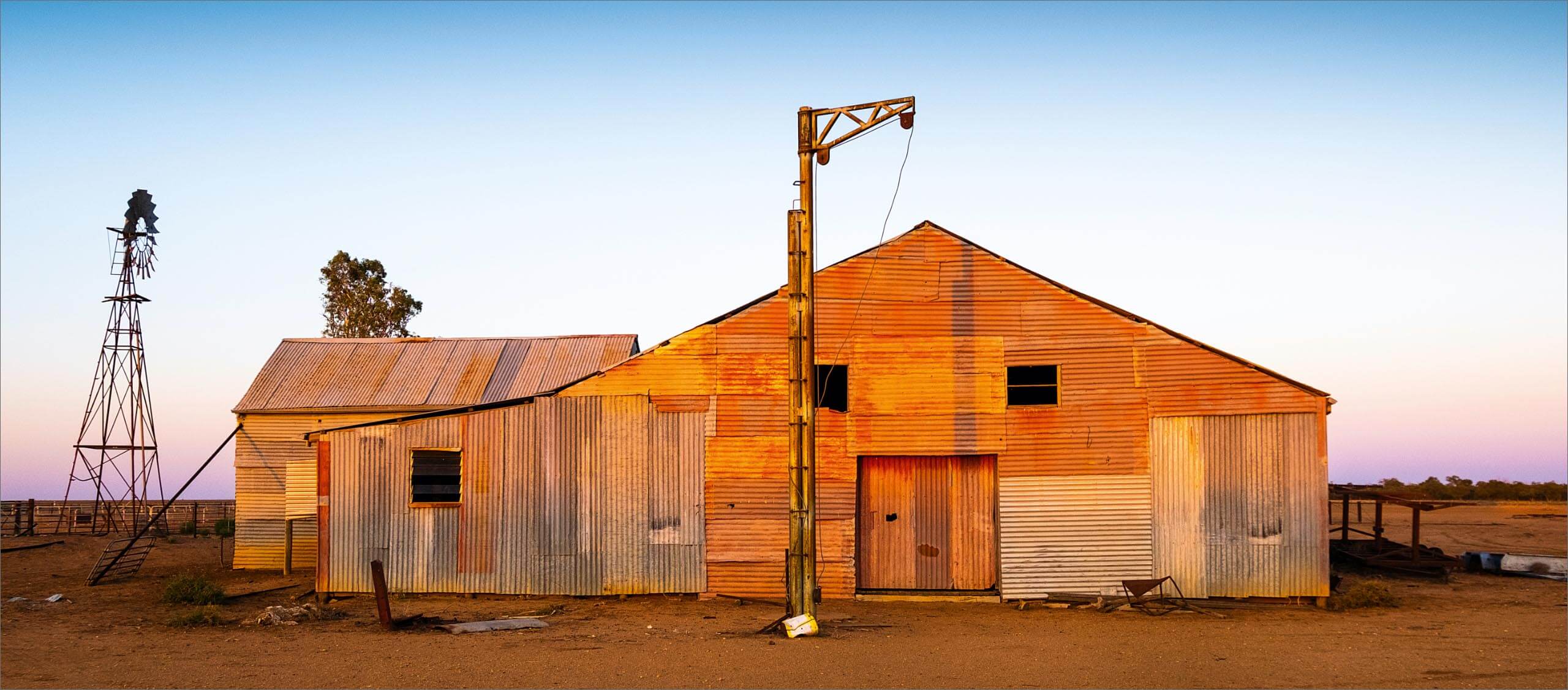
The iron age
Grand and not-so-grand Australian woolsheds.
Story and photos: Andrew Chapman
Almost 50 years ago I entered my first woolshed, at Pyalong in central Victoria. It was a 1950s-style corrugated-iron structure similar to many sheds built during the soldier-settler schemes enacted after World War II. A doorway and a couple of rudimentary windows illuminated the interior, where I found another world. Amid a wild din of bleating sheep, dogs, machinery and the shouts of men, a team of four shearers were bent over like hairpins, while a roustabout rushed around picking up the newly shorn fleeces and a classer looked over the wool, putting it into large bins ready for pressing.
I had been looking for a project and, in entering that shed, I found a slice of Australian life and history well worth documenting.
Since then I’ve undertaken many road trips across Australia and New Zealand searching out hundreds of grand and less grand woolsheds, and the people who inhabit them. My first book on woolsheds was published in 2012, selling more than 20,000 copies, but I still get asked why I have not photographed such and such a shed or shearing team. There’s always more to do, more places to go. Woolsheds: Volume 2 has just been released, with a whole swag of new images and stories.
Perhaps the overarching reason that I continue to photograph woolsheds is the fact that they are slowly disappearing. Year by year, these grand old pieces of Australian rural architecture deteriorate as droughts, fires, storms and even indifference take their toll.
What you see in Woolsheds: Volume 2 is a continuation of my efforts to leave a visual legacy of these icons for all Australians to enjoy.
Woolsheds: Volume 2 is available from tenbagpress.com.au for $49.95.
Intro: Eurugabah, the quintessential Aussie woolshed, at Booligal, NSW.
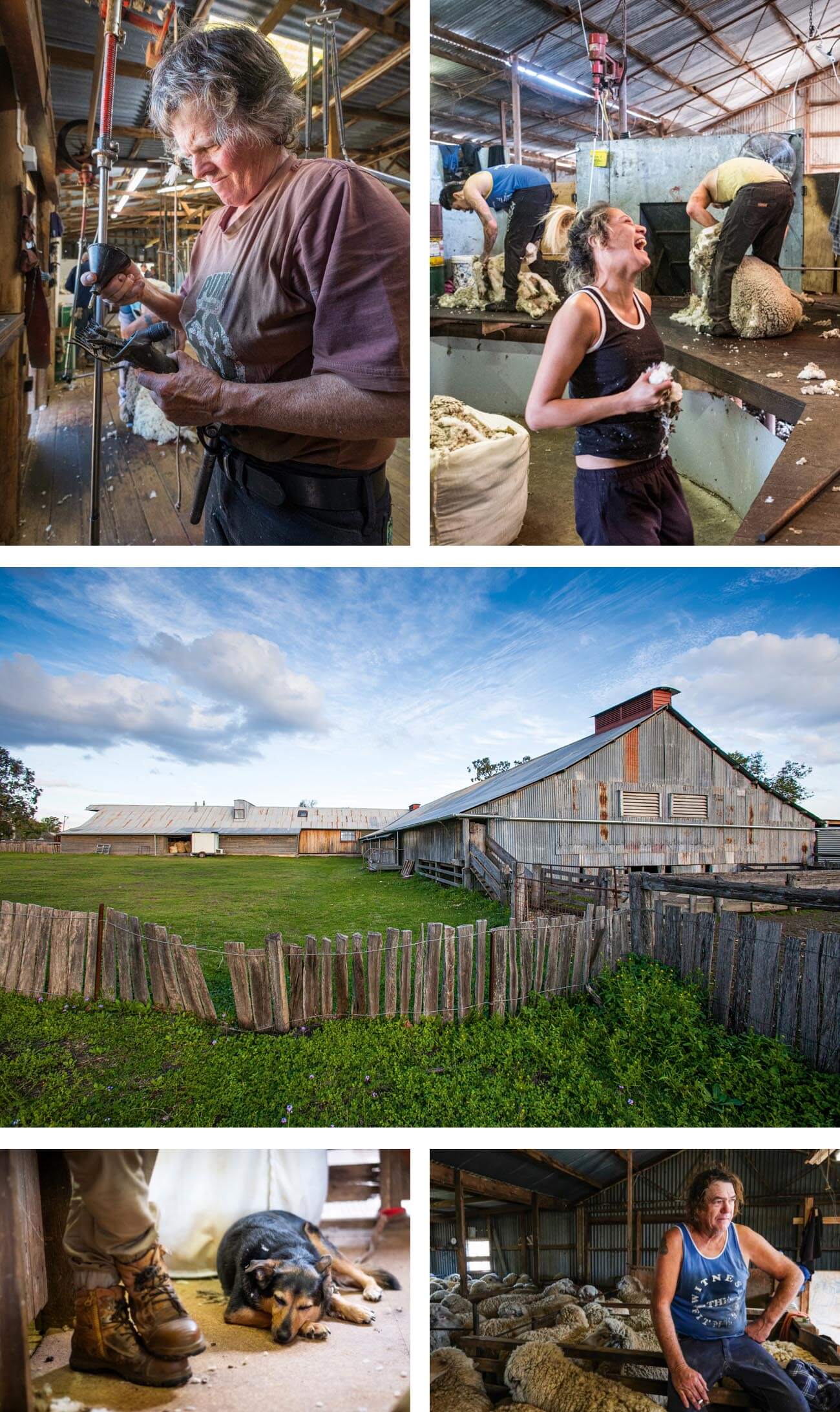
1. Jenny Miles of Benambra, East Gippsland, a 30-year veteran of shearing who only took time off to have two children.
2. Maxine ‘Pom Pom’ Ellers has a laugh at the Happy Valley woolshed, Lake Grace district, WA.
3. The magnificent Jondaryan Woolshed is open for the public to visit, Jondaryan, Qld.
4. The hard yakka and thrum of the shed can often send a dog to sleep. Phillip Island, Vic.
5. Shearer Mulga Mulraney stops for smoko, Hopetoun, Vic.
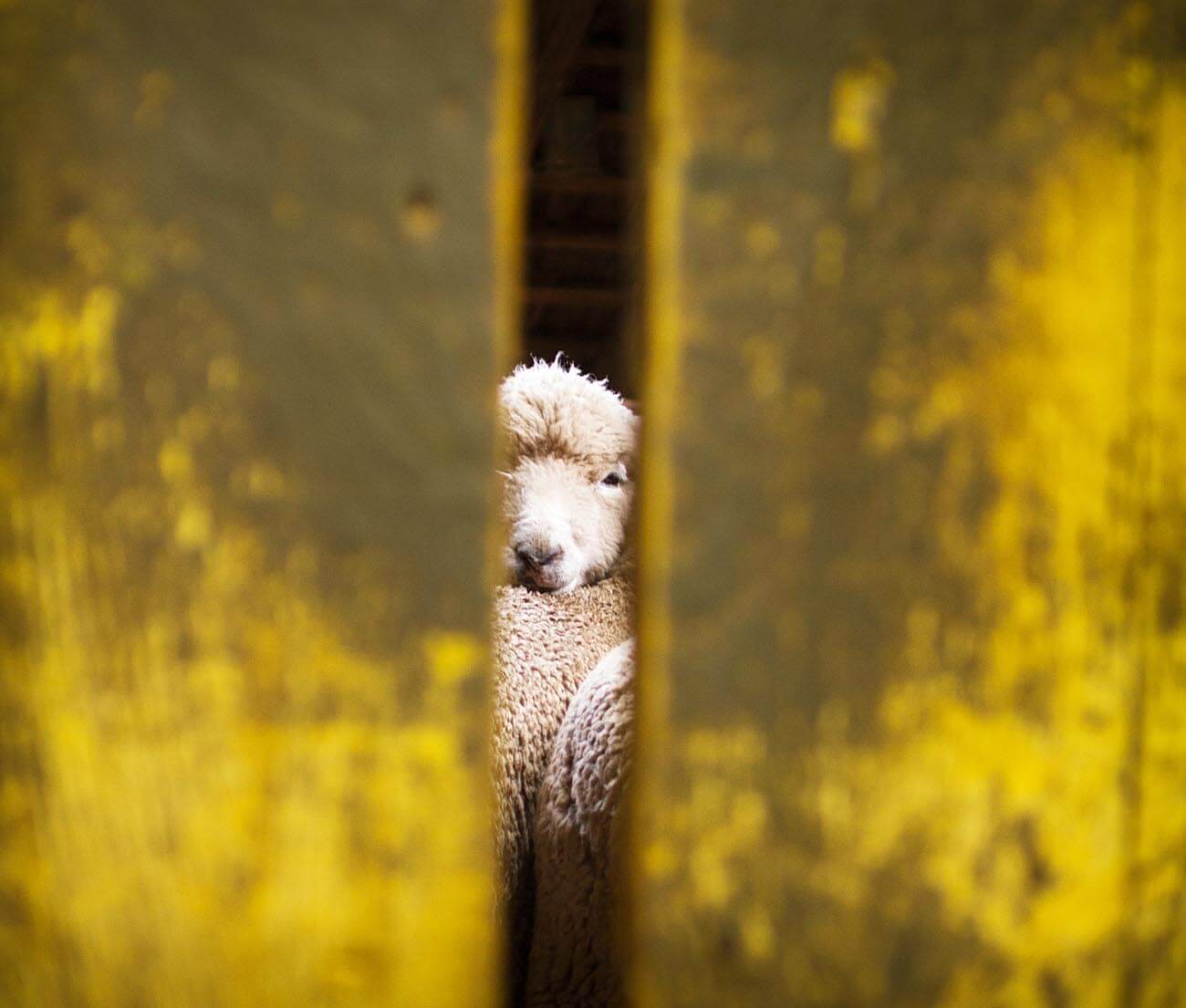
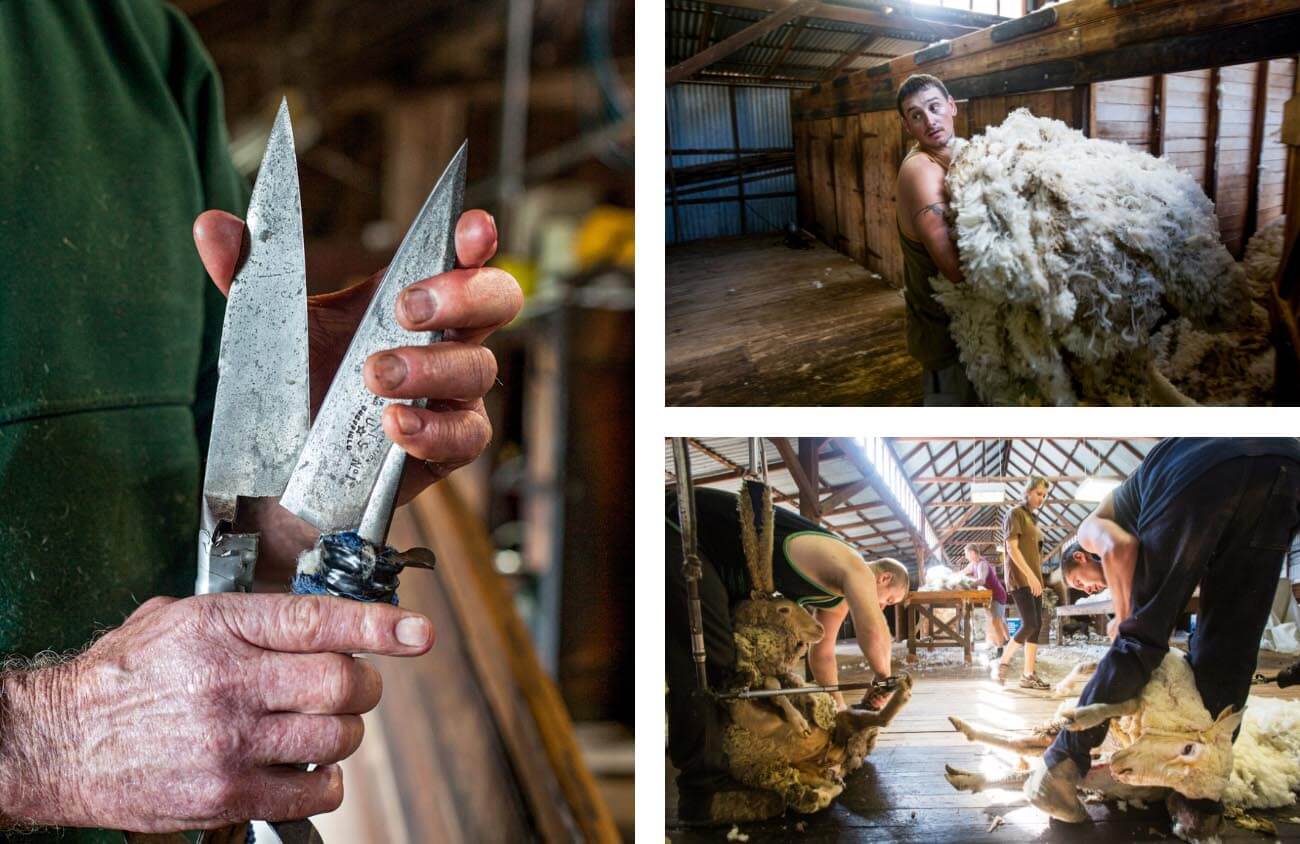
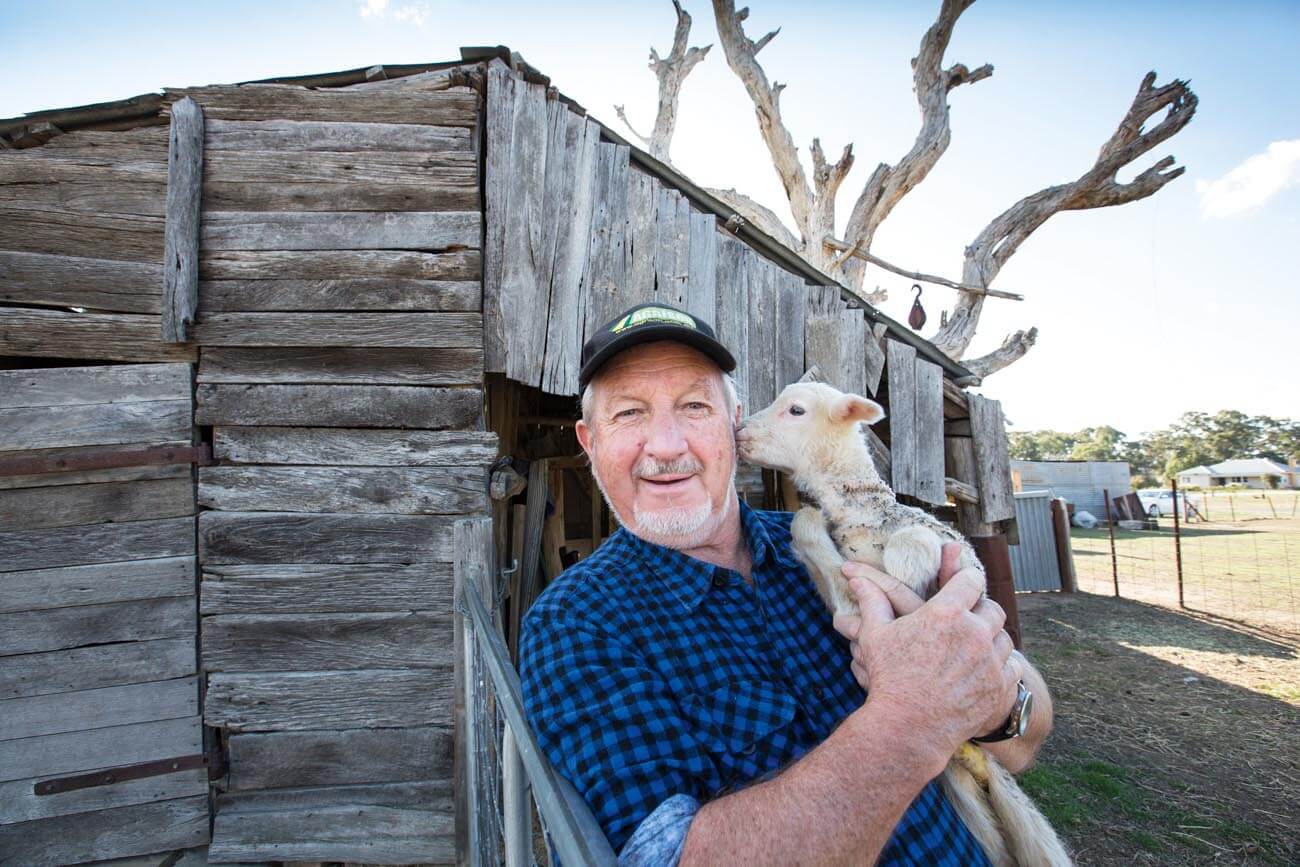
1. West Cloven Hills, Darlington, Vic.
2. Hand shears, Bookaar, Vic.
3. Treading the boards, Carwoola, Captains Flat, NSW.
4. The beautiful bounty of a resilient industry, Carwoola.
5. Robert Palmby with a lamb he was hand-rearing at Lexton, Vic.
This story is from OUTBACK Magazine: Aug/Sep 2020 Issue #132